
What can policymakers do to keep plastic out of the environment?
This policy information page is based on research by the Cambridge Institute of Sustainability Leadership. There is already a wealth of policies with the potential to help reduce plastic waste. What is more difficult is knowing how useful they are and what, if anything, needs to change. Instead of suggesting new policies, this ‘hit and miss’ summary is an indication of which parts of government the plastic reduction provision is currently being used in research, and what needs to change. Evidence is drawn from ongoing work to develop sustainable packaging together with businesses.
Download sustainable packaging report in full.
1. Department for Environment Food & Rural Affairs (Defra)
The UK Plastic Pact, implemented by The Waste and Resources Action Programme (WRAP), is being used to frame research with businesses around Defra’s stance on waste reduction.
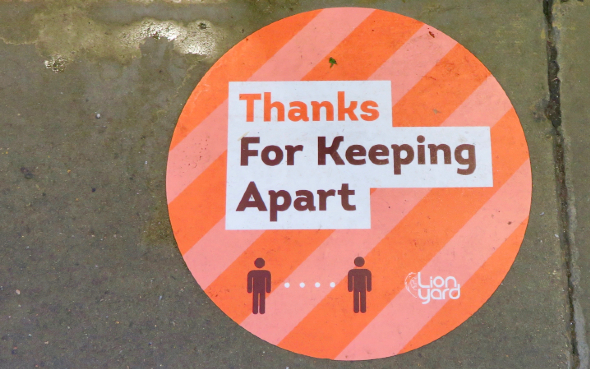
Although Covid-19 has impacted all sectors, The Plastics Pact can ensure that collaborative change continues.
Hit: Collaboratively agreed targets
Although there are many targets set across policy documents, the ones being used in research with businesses are UK Plastic Pact targets. Progress towards targets for recycled content in plastics is now being tracked using data collected by WRAP from UK Plastic Pact members.
Miss: No standardised measuring
Tracking progress towards targets accurately is impossible. Not all businesses report on recycled content in their packaging, or if they do it is not publicly available. Where data is available, there is no consistency in how recycled content is measured across businesses. Data is not independently verified.
Policy recommendation
Make it a requirement for businesses to report on an agreed set of metrics and common methodology. This will make comparative analysis possible and enable evidence-based decisions.
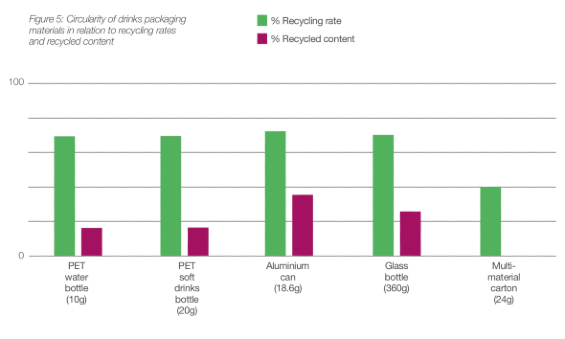
The percentage of packaging material collected is much higher than the percentage of recycled content in materials
2. The Resources and Waste Strategy
The Resources and Waste Strategy had three ideas for policies to make recycling less confusing and hold producers of plastics more accountable. Of these, the introduction of a Deposit Return Scheme (DRS) in the UK featured in research concerning sustainable packaging.
Hit: Deposit return scheme
The introduction of a deposit return scheme in the UK is likely to improve collection rates. Increased collection rates could lead to increased recycled material availability in the UK, and in turn, an increased use of recycled content in packaging.
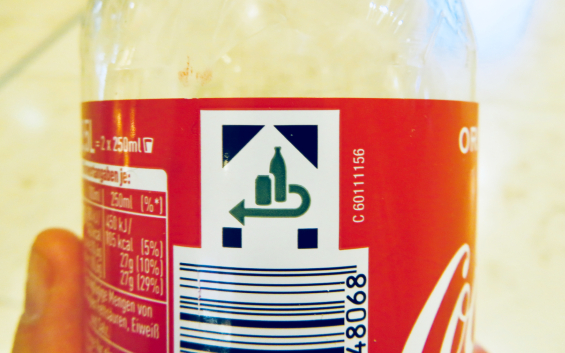
In Germany, all bottles that are returnable are marked with the same symbol
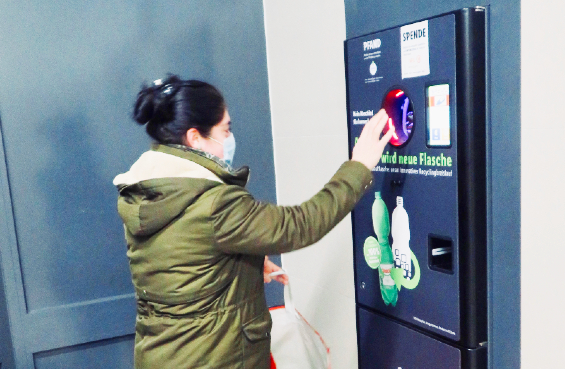
Customers put bottles in a machine placed at the entrance to the supermarket, which scans their plastic bottle
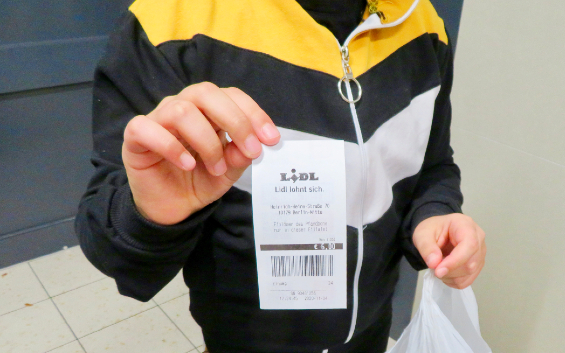
When they have finished, the machine gives them a voucher to the value of the bottles that they have deposited. Customers redeem the voucher at the till to get money off their next shop
Miss: Blanket application of taxation
Penalising businesses financially as a way to drive circularity might have unintended consequences. Although multi-layered packaging has a low recycled content and is not recyclable, switching to other packaging to avoid paying more tax may cause long-term problems. Switching to packaging that is recyclable and has a high recycled material content might be more water intensive and/or have a higher carbon footprint. These impacts need to be assessed before implementing policies that drive circularity in the short term, but ultimately risk undermining the meeting of environmental targets.
Policy recommendation
Avoid a blanket taxation on all plastic packaging made from materials containing less than 30% recycled content. There may be a case to be made for making exceptions if switching to other materials would jeopardise climate change targets. Assess impact on water consumption and carbon emissions before penalising producers of packaging that uses material with a low recycled content.
More policy guidance
Download the following reports for additional plastics policy related research.
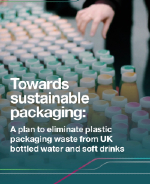 |
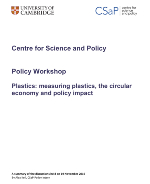 |
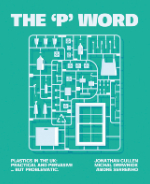 |




